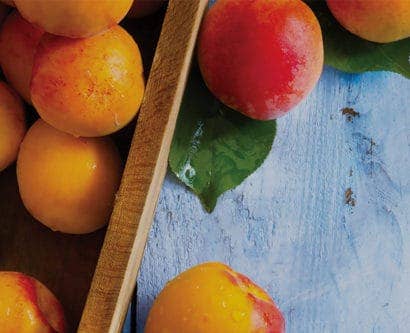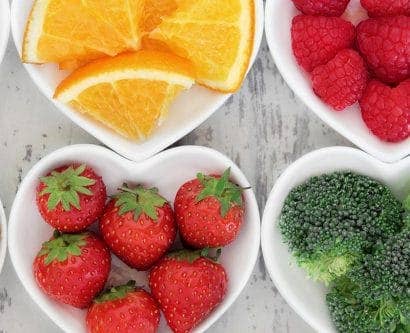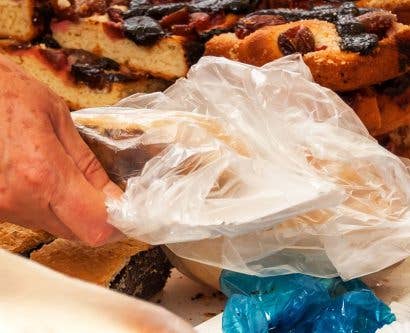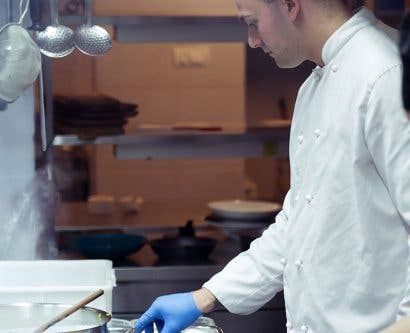What Type of Training Must Food Handlers Receive by Law?
Does your job (or the job you’re pursuing) involve working with food? Whether you’re in charge of carrying orders to tables, serving food in a lunchroom, or frying the food that fills people’s plates, you need to be properly trained to do so hygienically.
Important Food Hygiene and Safety Legislation:
Anyone who directly or indirectly handles food in a commercial setting must understand food hygiene requirements as laid out by legislation.
The main pieces of food hygiene legislation are:
- The Food Hygiene Regulations 2006
- The Food Safety Act 1990
- Regulation (EC) 178/2002
To summarise, both of these intend to ensure that food which is prepared and sold for human consumption is of the standard the consumer expects and does not put their health at risk. But don’t worry about going to Google, searching for these pieces of legislation, and reading them from top to bottom; that’s not what your job role expects of you!
Rather, you must have good knowledge and awareness of what they lay out: the importance of controlling food temperature and eliminating food hazards through preventative measures and good practices, amongst numerous other topics.
This doesn’t apply to those who work in primary food production, i.e. harvesting or slaughtering (they have their own sets of legislation); it refers to people directly and indirectly involved with food preparation: those in the catering, transport, and retail industry.
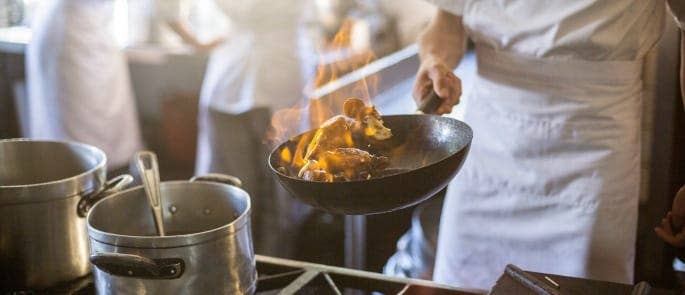
What is a Food Handler?
The job title ‘food handler’ probably makes you think primarily of chefs, but there are numerous other job roles that can be classified as such. You might be a waiter carrying a person’s order to their table, or a lunchtime assistant handing food over a counter, but hygiene laws still apply to you even though you don’t come into direct contact with food.
The same goes for:
- Those who transport and deliver food in bulk,
- Those who wash the dishes and utensils that come in contact with food,
- Those who work in retail and directly touch food like vegetables, fish, baked goods, and so on.
So, how do you learn what the regulations require from you? Food hygiene training will cover all the relevant topics and give you the appropriate level of food safety knowledge required for your job role.
What Level of Food Hygiene Training Do I Need?
Depending on the degree to which you’re involved with handling food, you will require a certain level of food hygiene training: Level 1, Level 2, or Level 3. Each level covers similar topics, but the higher the level the more in-depth the coverage.
For instance, Level 1 doesn’t cover cooking and preparing food as comprehensively as Level 2 because it’s not intended for people involved in food preparation: rather, it’s for people who only handle low-risk foods and do not directly touch food.
Job roles that require Level 1 Food Hygiene would include:
- Front of house employees.
- Checkout staff.
- Waiters.
- Bar workers.
- Food delivery drivers.
- Kitchen porters.
Job roles that require Level 2 Food Hygiene would include:
Food handlers and chefs who work directly with preparing food in:
- Restaurants.
- Hotels.
- Cafés.
- Bars.
- Fast food outlets.
- Takeaways.
- Kitchens.
- Hospitals.
- Food trucks.
- Schools, Universities, and Colleges.
Job roles that require Level 3 Food Hygiene would include:
- Supervisors.
- Kitchen Managers.
- Food managers.
Level 3 is required by those who are responsible for managing people, developing food safety systems and communicating this information to staff in a food business that directly prepares and serves food to consumers.
What Does Food Hygiene Training Cover?
As mentioned above, it depends on the level of training you go for, but food hygiene training generally covers 6 key areas:
- Good handling practices.
- Hygienic food preparation.
- Hygienic food storage.
- Controlling food safety hazards.
- Personal hygiene.
- Keeping the premises clean.
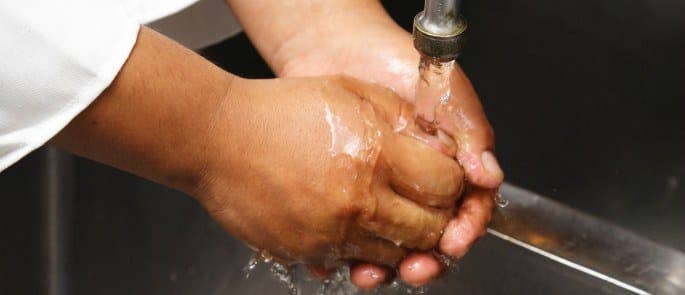
Food hygiene training will make you aware of how to properly look after food at every stage:
- Making sure the food you receive from suppliers is the right temperature, is free from signs of damage, and is of the right quantity and quality.
- Making sure that received goods are then stored correctly, using a FIFO rotation system.
- Ensuring foodstuffs are properly labelled with use/best by dates.
- Knowing signs of contamination or unsatisfactory storage methods, such as mould, discolouration, staleness, etc.
- Knowing how to properly arrange food in your fridge and the correct temperature fridges/freezers should be at.
- Understanding the different types of hazards and how to prevent them from contaminating food you prepare.
- This includes microbiological hazards (bacteria, viruses, moulds, and parasites), physical hazards (glass, stones, hair, pins, nails, etc.), chemical hazards (cleaning chemicals, bleach, etc.), and allergenic hazards (peanuts, sesame seeds, etc.)
- Methods of food preservation, such as cold storage, cooking, dehydrating, vacuum packing, etc.
- Knowing how to properly maintain personal hygiene to a standard that is required in a food premises.
- Knowing how to satisfactorily clean a food premises with a 6-step process.
Of course, this list is not comprehensive; there’s far too much to cover. That’s why training exists: to give you a thorough, easy-to-digest breakdown of everything you need to know to be a qualified food handler. If you’re hired for a food handling role, your workplace is legally obliged to provide you with the necessary training.
Further Resources:
- How Often Should I Renew My Food Hygiene and Safety Certificate?
- Level 2 Food Hygiene Quiz
- Level 3 Food Hygiene Quiz
- Food Hygiene Rules and Guidance
- The Food Hygiene Rating Scheme: Your Questions Answered
- Is There a Difference Between Food Hygiene and Food Safety?
- What is the Difference between Use By & Best Before Dates?








